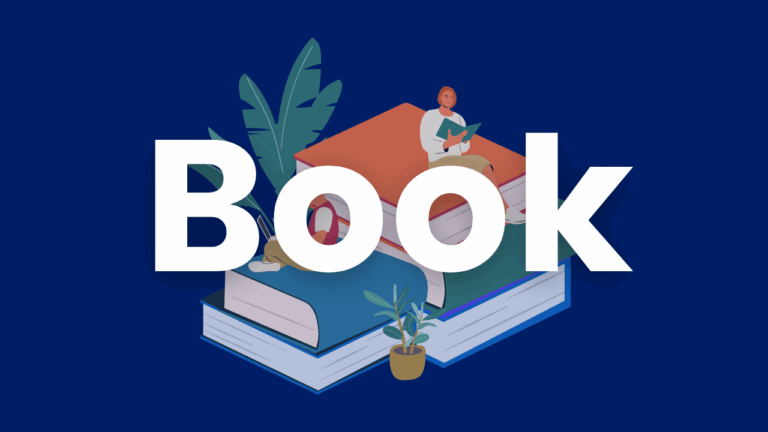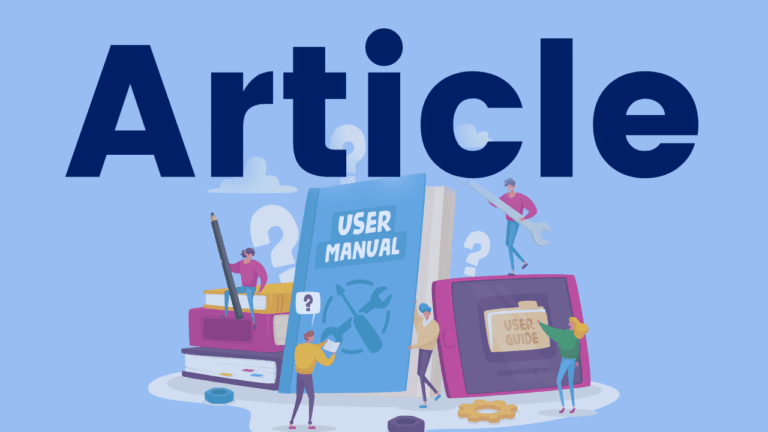Explicit Instruction Videos – Primary and Junior/Intermediate
Dr. Anita Archer models explicit instruction across multiple content areas (decoding, vocabulary, comprehension, writing, etc.). Each video has an accompanying viewer guide.

Dr. Anita Archer models explicit instruction across multiple content areas (decoding, vocabulary, comprehension, writing, etc.). Each video has an accompanying viewer guide.

This title is a must-read for any educators working with multilingual learners (MLLs) of all ages, referred to in the book as English Learners (ELs). It affirms the necessity of a structured literacy approach for these students, while adding in the extra layers of support that may also be beneficial (e.g., comparing English and home…

Joan Sedita highlights the importance of vocabulary instruction, how vocabulary instruction supports reading comprehension, and characteristics of effective vocabulary instruction.

This webinar dives into morphology – what is it? Why is it important? When should you start to teach it? What are some instructional techniques? How is it related to etymology?

Dr. April-Baker Bell highlights stories and narratives in an urgent call for anti-racist language and literacy instruction.

Dr. Stephanie Stollar discusses the role of Tier 1 instruction in MTSS as the best opportunity for preventing reading failure.

Bringing together theory, research, and practice to dismantle Anti-Black Linguistic Racism and white linguistic supremacy, this book provides ethnographic snapshots of how Black students navigate and negotiate their linguistic and racial identities across multiple contexts. By highlighting the counterstories of Black students, Baker-Bell demonstrates how traditional approaches to language education do not account for the…

This webinar highlights thie importance of respecting linguistic variation, and integrating it into language and literacy instruction of Black children. It explores the relationship between Black children’s language and the development of a healthy identity.

Tier 2 vocabulary words are words that are useful and necessary across different content areas or domains, but that may not be frequently used in oral language. Christopher Such, author of The Art and Science of Teaching Primary Reading, has assembled a list of Tier 2 vocabulary words for explicit instruction.

This resource has been compiled by a group of Canadian language and literacy experts. It is organized into three primary segments. First, it highlights the essential information educators should possess about various research types, enabling them to stay well-informed and knowledgeable about the connection between language, reading, and writing instruction. The next section focuses on…

In this article, Dr. Perry Klein responds to Dr. Jim Cummins’ criticisms of the Right to Read Report, highlighting several recommendations and positions that Cummins attributes to the report but that it does not actually contain. Dr. Klein also identifies five ways in which this report will bring Ontario’s special education policy into the 21st…

In the Season 1 finale of Reading Road Trip, Kate Winn and Una Malcolm answer listener questions, sharing their thoughts on everything from sound-spelling walls to structured literacy in older grades.